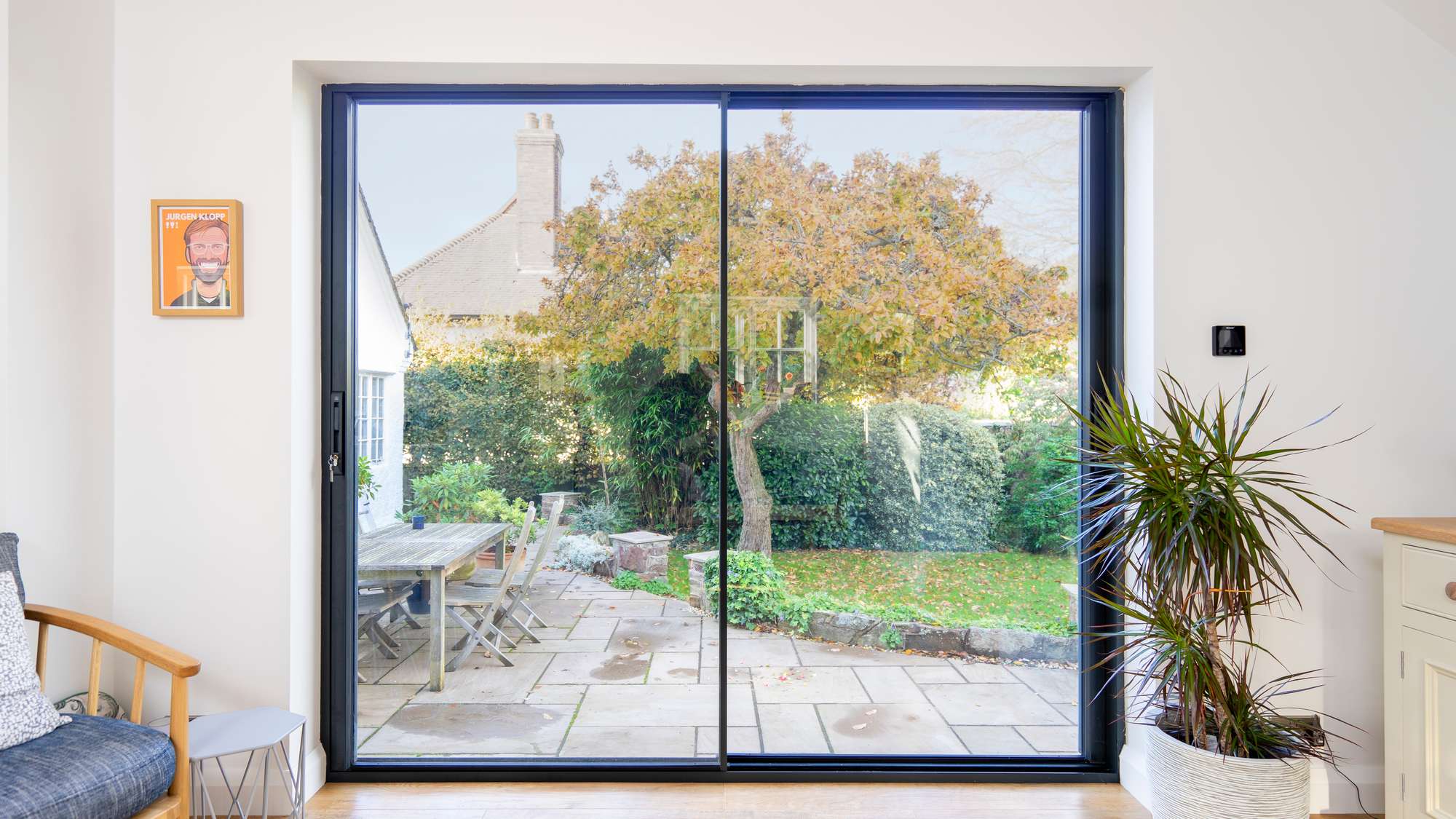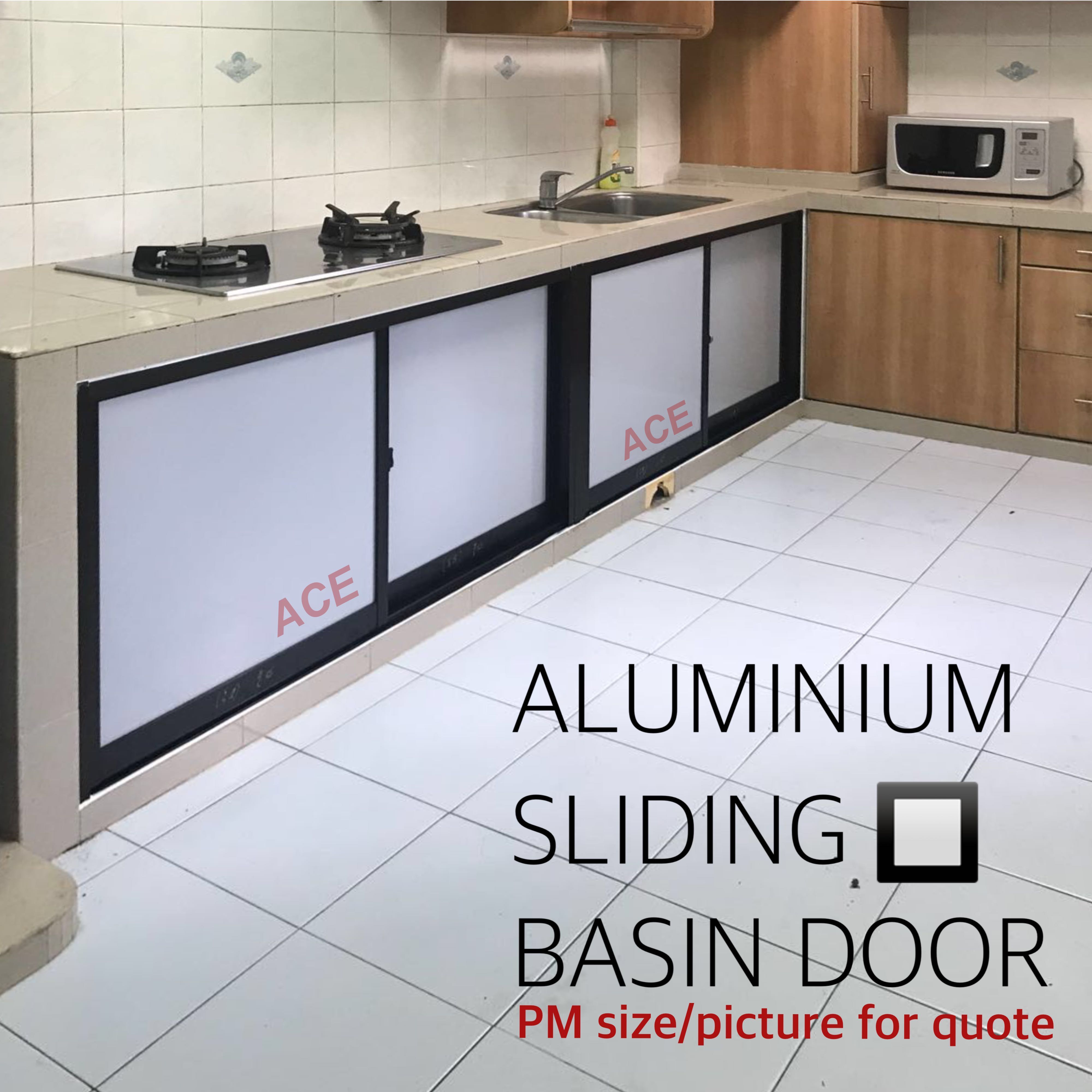Types and Styles of Aluminum Sliding Doors for Kitchen Cabinets

Aluminum sliding doors offer a sleek and space-saving solution for kitchen cabinets, enhancing both functionality and aesthetics. Their durability and versatility make them a popular choice for various kitchen designs. This section explores the different types and styles available, highlighting their advantages and disadvantages to aid in informed decision-making.
Aluminum Sliding Door Styles for Kitchen Cabinets, Aluminium sliding door for kitchen cabinet
Aluminum sliding doors for kitchen cabinets come in a variety of styles, each offering unique benefits and aesthetic appeal. The choice depends largely on personal preference, existing kitchen design, and budget.
Comparison of Aluminum Sliding Door Styles
The following table compares various aluminum sliding door styles commonly used in kitchen cabinets.
| Style | Advantages | Disadvantages | Suitable Kitchen Styles |
|---|---|---|---|
| Framed | Durable, provides structural support, offers a variety of finishes, relatively inexpensive. | Can appear less sleek than frameless options, frames can accumulate dust. | Traditional, transitional, rustic |
| Frameless | Sleek and modern appearance, maximizes visibility of cabinet contents, offers a clean and minimalist look. | Less durable than framed options, more expensive, requires precise installation. | Modern, contemporary, minimalist |
| Bi-fold | Space-saving, allows full access to cabinet contents, adds a unique design element. | Can be more complex to install, may require more space for operation than sliding doors. | Traditional, transitional, modern (depending on design) |
| Completely disappears into the cabinet wall when open, maximizes usable space. | Requires sufficient wall space for the door to recess, more complex installation, potentially more expensive. | Modern, contemporary |
Design Considerations for Integrating Aluminum Sliding Doors into Various Kitchen Cabinet Designs
The integration of aluminum sliding doors significantly impacts the overall kitchen aesthetic. Careful consideration of the door style and finish is crucial for a cohesive and visually appealing design.
Modern Kitchen Designs
Modern kitchens often favor clean lines and minimalist aesthetics. Frameless aluminum sliding doors with brushed aluminum or matte black finishes seamlessly integrate into this style. The sleek design contributes to the overall sense of sophistication and order. For example, a frameless glass-paneled door would showcase attractive dishes or glassware within the cabinet, further enhancing the minimalist look.
Traditional Kitchen Designs
Traditional kitchens often feature ornate details and warm, inviting tones. Framed aluminum sliding doors with a powder-coated finish mimicking wood grain or a classic bronze finish can complement this style. The frames can be detailed to echo other design elements in the kitchen, creating a cohesive and harmonious look. For instance, a framed door with a slightly distressed bronze finish could perfectly match antique-style cabinet hardware.
Rustic Kitchen Designs
Rustic kitchens emphasize natural materials and a sense of warmth. Aluminum sliding doors with a textured finish mimicking weathered wood or stone can complement this style. A darker finish, such as a dark bronze or black, can add depth and contrast. A framed design with slightly rough edges could enhance the rustic feel, mirroring the natural imperfections of reclaimed wood.
Functionality and Practical Aspects of Aluminum Sliding Doors in Kitchens: Aluminium Sliding Door For Kitchen Cabinet

Aluminum sliding doors offer a compelling solution for maximizing space and improving accessibility in kitchens, particularly in smaller or uniquely designed spaces. Their smooth, space-saving operation contrasts sharply with the swing of traditional cabinet doors, making them a practical choice for enhancing both functionality and aesthetics. This section will explore the functional advantages, installation process, and potential maintenance concerns associated with these doors.
Space Maximization and Accessibility in Kitchen Cabinetry
Aluminum sliding doors are exceptionally effective in maximizing limited kitchen space. Unlike hinged doors that require a significant swing radius, sliding doors operate parallel to the cabinet, eliminating the need for extra clearance. This feature is particularly beneficial in smaller kitchens where every inch counts, or in galley kitchens where space is at a premium. Consider a pantry cabinet with limited access; a sliding door allows for complete access to contents without requiring extra space in front of the cabinet. Similarly, base cabinets situated under countertops benefit greatly from sliding doors, providing convenient access to frequently used items while maintaining a clean and uncluttered workspace. Corner cabinets, often difficult to access with traditional doors, become significantly more user-friendly with the implementation of sliding doors.
Installation Process of Aluminum Sliding Doors for Kitchen Cabinets
The installation process, while requiring some DIY skills, is generally manageable for homeowners with basic carpentry experience. A step-by-step guide can help ensure a smooth and successful installation.
- Preparation: Measure the cabinet opening precisely to determine the required door size. Purchase aluminum sliding door components, including tracks, rollers, and handles, ensuring compatibility with the cabinet’s dimensions and style.
- Track Installation: Securely attach the top and bottom tracks to the inside of the cabinet frame, ensuring they are level and aligned. Use appropriate screws and pilot holes to prevent wood splitting.
- Roller Installation: Attach the rollers to the back of the aluminum door panels. Ensure the rollers move smoothly within the tracks.
- Door Installation: Carefully slide the doors into the tracks, ensuring they move freely and smoothly. Adjust the rollers if necessary to achieve proper alignment.
- Handle Installation: Attach the handles to the doors, ensuring they are securely fastened and positioned for comfortable use.
- Final Adjustments: Check for smooth operation, making any necessary adjustments to the rollers or tracks to ensure optimal functionality.
Maintenance Issues and Solutions for Aluminum Sliding Doors
Regular maintenance helps prevent issues and prolongs the lifespan of aluminum sliding doors. Addressing problems promptly is crucial for preserving their functionality and appearance.
| Problem | Cause | Solution | Prevention |
|---|---|---|---|
| Sticking or binding doors | Dirt, debris, or misalignment of tracks | Clean tracks thoroughly; adjust rollers or tracks for alignment | Regular cleaning and lubrication of tracks |
| Damaged rollers | Heavy use or impact | Replace damaged rollers | Avoid overloading doors; handle with care |
| Scratched or dented doors | Impact or improper handling | Minor scratches can be polished; significant damage may require replacement | Handle doors carefully; use protective coverings during renovations |
| Loose handles | Improper installation or wear and tear | Tighten screws or replace handles | Regularly check for loose screws and tighten as needed |
Cost and Aesthetics of Aluminum Sliding Doors for Kitchen Cabinets

Aluminum sliding doors offer a compelling blend of practicality and aesthetics for kitchen cabinets, but their cost and visual impact should be carefully considered alongside other options. Understanding the price range compared to alternatives and visualizing how these doors integrate into different kitchen designs is crucial for making an informed decision.
Aluminum Sliding Door Costs Compared to Other Materials
The cost of kitchen cabinet doors varies significantly depending on the material, style, and level of customization. Aluminum sliding doors typically fall within a mid-range price bracket. While less expensive than high-end custom wood doors, they often represent a more significant investment than standard melamine or particleboard options. The following chart provides a general price range comparison, acknowledging that actual costs can vary based on factors like size, finish, and hardware:
| Material | Style | Approximate Price Range per Door (USD) |
|---|---|---|
| Melamine/Particleboard | Standard | $25 – $75 |
| Solid Wood (e.g., Oak, Cherry) | Standard | $100 – $300+ |
| Glass (Tempered or Decorative) | Standard | $75 – $200+ |
| Aluminum | Standard | $75 – $150 |
| Aluminum | Custom/High-End | $150 – $300+ |
*Note: These are estimated ranges and actual prices may vary significantly based on retailer, size, finish, and additional features.*
Kitchen Cabinet Layouts Featuring Aluminum Sliding Doors
The versatility of aluminum sliding doors allows for their seamless integration into diverse kitchen styles. Below are three examples demonstrating the aesthetic potential of these doors in different settings:
Layout 1: Modern Minimalist Kitchen
This design features sleek, matte black aluminum sliding doors on a series of tall, narrow cabinets. The cabinets themselves are a light gray, providing a clean contrast to the black hardware. The overall aesthetic is minimalist and sophisticated, with a focus on clean lines and functionality. A light-colored countertop and backsplash complete the look, maintaining the sense of airy spaciousness. Integrated LED lighting within the cabinets further enhances the modern feel.
Layout 2: Rustic Farmhouse Kitchen
Here, aluminum sliding doors in a brushed bronze finish add a touch of industrial chic to a rustic farmhouse setting. The cabinets are painted a warm, creamy white, and the countertops are a butcher block style. Open shelving complements the sliding doors, creating a balance between closed and open storage. The overall feel is warm, inviting, and subtly modern, with the aluminum doors adding a unique industrial-style counterpoint to the traditional elements.
Layout 3: Contemporary Transitional Kitchen
This layout uses aluminum sliding doors with a clear glass insert, allowing for a blend of functionality and visual interest. The aluminum frames are a sleek silver, complementing the stainless steel appliances. The cabinets are a medium-toned wood, creating a warm and inviting backdrop for the contemporary aluminum doors. The overall aesthetic is transitional, bridging the gap between modern and traditional styles with the glass inserts adding a touch of elegance. The color scheme emphasizes neutral tones with subtle accents of metallic silver and wood grain.
